- Overview
- Trip Outline
- Trip Includes
- Trip Excludes
- Gallery
- Reviews
- FAQ
This trek offers a remarkable journey through diverse landscapes, from lush valleys to barren, high-altitude deserts, culminating in the iconic Thorong La Pass.
Skill Level: Moderate to Challenging. The trek involves gradual altitude gain, with the most challenging part being the crossing of Thorong La Pass (5,416m). Good physical fitness and prior trekking experience are recommended.
Group Size: This itinerary can be tailored for private treks or small group treks with experienced guides.
Accommodation: Throughout the trek, you'll be staying in comfortable teahouses with basic amenities. Rooms are typically shared, although single rooms might be available at some locations for an additional cost.
Transportation: Domestic flights from Kathmandu to Pokhara (round trip) and a drive from Jomsom to Pokhara are included.
Acclimatization: The itinerary includes acclimatization days in Manang, allowing your body to adjust to the increasing altitude.
This itinerary is a guideline and may be subject to change due to weather conditions, trail closures, or unforeseen circumstances. Your guide will make the necessary adjustments to ensure a safe and successful trek.
Proper trekking gear for high altitudes, including appropriate clothing and footwear, is essential. A detailed packing list will be provided upon confirmation.
Day 1: Arrival In Kathmandu
Day 2: Drive to Besisahar
Day 3: Drive to Chame
Day 4: Trek to Upper Pisang
Day 5: Trek to Manang
Day 6: In Manang
Day 7: Trek to yak kharka
Day 8: Trek to Thorong Phedi
Day 9: Thorong la pass and trek to Muktinath,drive to Jomsom
Day 10: Drive/Fly to Pokhara
Day 11: Drive/Fly to Kathmandu
Day 12:In Kathmandu or Departure
Itineraries
Day 1
Arrival in Kathmandu
Welcome to Nepal! Upon arrival in Kathmandu, you'll be met by our representatives and transferred to your comfortable hotel. Spend the rest of the day relaxing and adjusting to the time difference.
Day 2
Drive to Besisahar
Enjoy on a scenic drive to Besisahar, the starting point of the Annapurna Circuit trek. Enjoy the views of the countryside and mountains as you journey towards the Annapurna region.
Day 3
Drive to Chame
Continue your drive to Chame, a small town nestled in a valley surrounded by mountains. This is where the actual trekking begins.
Day 4
Trek to Upper Pisang
The trek starts with a gradual ascent through terraced fields and villages. Upper Pisang offers stunning views of Annapurna South and other peaks.
Day 5
Trek to Manang
Continue the trek to Manang, a charming village surrounded by mountains. This is an acclimatization day to prepare for higher altitudes.
Day 6
In Manang
Spend a full day in Manang for acclimatization. Explore the village, visit local monasteries, or take a short hike to nearby Ghyaru for acclimatization.
Day 7
Trek to Yak Kharka
Ascend gradually to Yak Kharka, a high-altitude meadow offering panoramic views of the Annapurna range. This is another acclimatization day.
Day 8
Trek to Thorong Phedi
Continue the ascent towards Thorong Phedi, the last stop before crossing the Thorong La Pass.
Day 9
Thorong La Pass and Trek to Muktinath, Drive to Jomsom
The highlight of the trek! Cross the challenging Thorong La Pass (5,416m), offering breathtaking views of the Annapurna and Dhaulagiri ranges. Descend to Muktinath, a holy site for both Hindus and Buddhists. Drive to Jomsom.
Day 10
Drive/Fly to Pokhara
Enjoy a scenic drive or flight to Pokhara, depending on weather conditions and flight availability.
Day 11
Drive/Fly to Kathmandu
Return to Kathmandu by drive or flight, depending on your preference and schedule.
Day 12
In Kathmandu or Departure
Enjoy your last day in Kathmandu or depart for your onward journey.
- 1 day Kathmandu sightseeing with private vehicle and tour guide
- 3 nights stay in 3 star rated hotel in Kathmandu on BB plan
- Domestic flights from Kathmandu to Pokhara (round trip)
- Road transportation from Besisahar to Jomsom
- Comfortable teahouse accommodation throughout the trek
- Meals (breakfast, lunch, and dinner) during the trek
- A cup of drink ( either tea or instant coffee) during breakfast,lunch and dinner
- Experienced and certified guide
- Porter service to carry your luggage (up to a designated weight)
- National Park permits and TIMS card
- Acclimatization hikes as mentioned in the itinerary
- Sleeping bag,down jacket and duffel bag(kit bag) will be provided for trek
- First Aid kit to be carried by trek staffs.
- International airfare
- Travel insurance (highly recommended)
- Lunch and dinner in Kathmandu and Pokhara
- Personal expenses (drinks, snacks, laundry, tips)
- Single room supplement (if desired)
The best times to trek the Annapurna Circuit are during the pre-monsoon (March to May) and post-monsoon (September to November) seasons. These periods offer clear skies, pleasant temperatures, and stunning mountain views.
A good level of physical fitness is essential for this trek. Regular exercise, including hiking and cardio, is recommended. The trek involves gradual altitude gain, so it's important to build endurance.
The Annapurna Circuit is considered a moderate to challenging trek. The highest point, Thorong La Pass, is at 5,416 meters, and crossing it requires a good level of acclimatization and physical fitness.
Accommodation on the Annapurna Circuit consists of teahouses, which offer basic but comfortable rooms with shared bathrooms. While conditions may vary, most teahouses provide clean bedding and warm blankets.
Teahouses offer a variety of meals, including local Nepalese dishes, pasta, rice, and some Western options. While the food is simple, it provides the necessary energy for trekking.
Acclimatization is crucial for preventing altitude sickness. The itinerary includes rest days in Manang for this purpose. It's essential to listen to your body, drink plenty of fluids, and avoid overexertion.
Crossing Thorong La Pass is the highlight of the trek but also the most challenging part. It requires good physical fitness, proper acclimatization, and appropriate clothing. The views from the top are breathtaking.
Essential gear includes sturdy hiking boots, warm layers, waterproof clothing, a sleeping bag, trekking poles, and a good backpack. A detailed packing list will be provided by our tour operator.
While it's possible to trek independently, hiring a guide and porter is highly recommended. Guides provide expertise, safety, and local knowledge, while porters help carry your luggage.
The weather can be unpredictable, especially at higher altitudes. Be prepared for cold nights, windy conditions, and occasional snowfall.
Safety is a priority. Hiring a reputable tour operator, following your guide's instructions, and being prepared for emergencies are essential. Altitude sickness is a potential risk, so it's important to acclimatize properly and be aware of the symptoms.
Yes, travel insurance is highly recommended for any trekking trip. It can cover medical emergencies, trip cancellations, and other unforeseen circumstances.

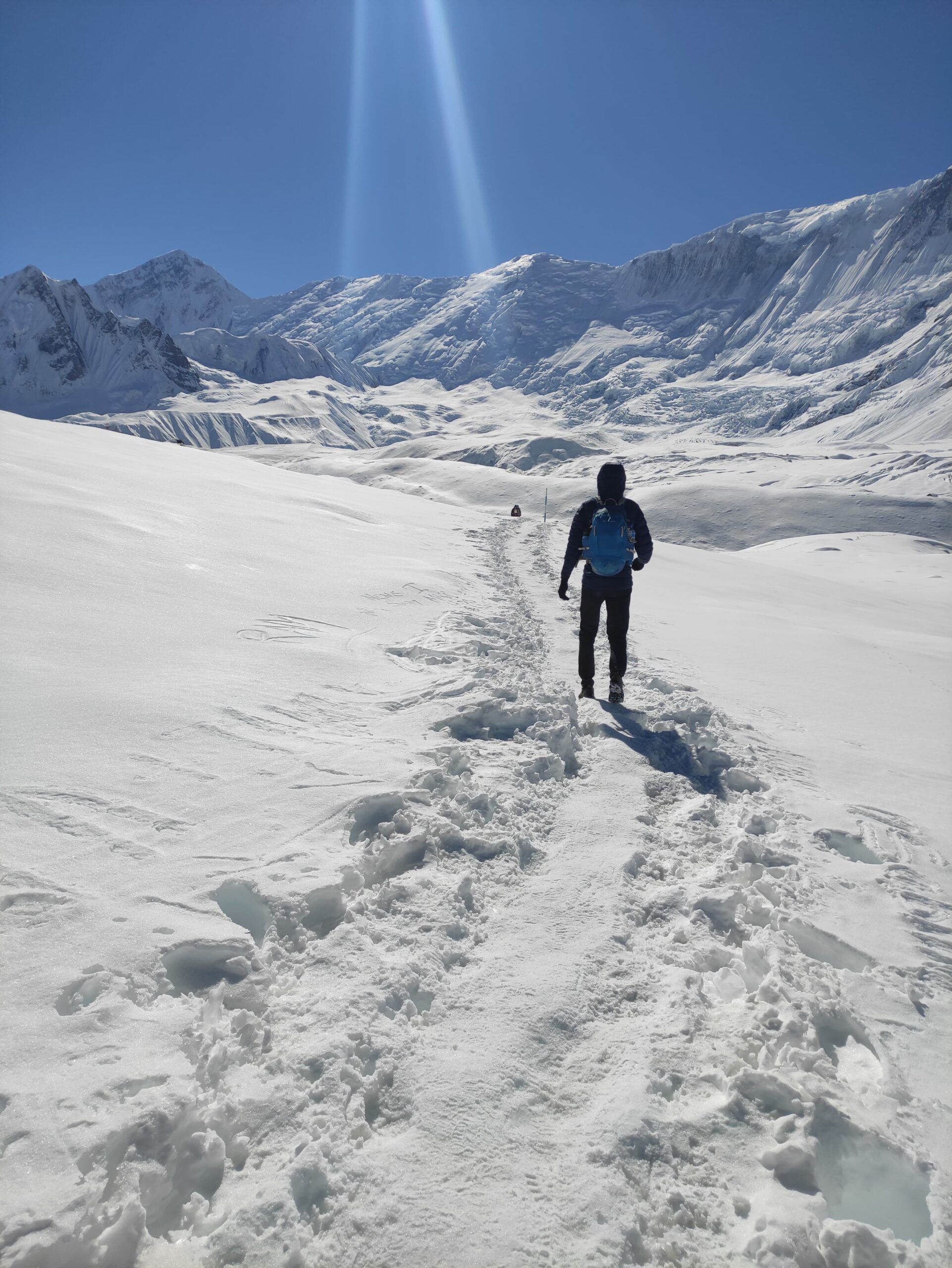
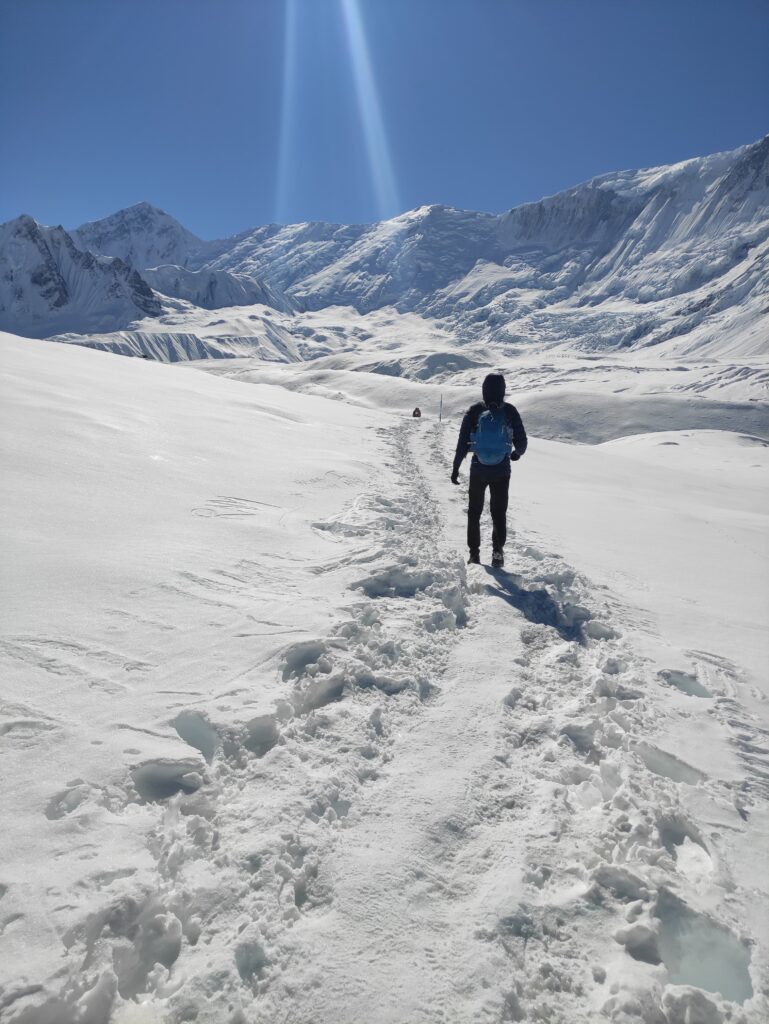

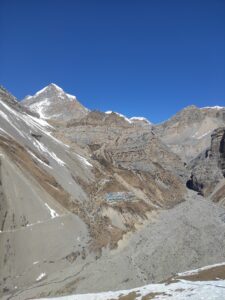
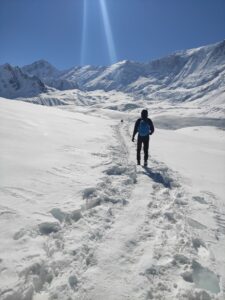
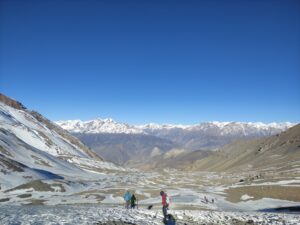

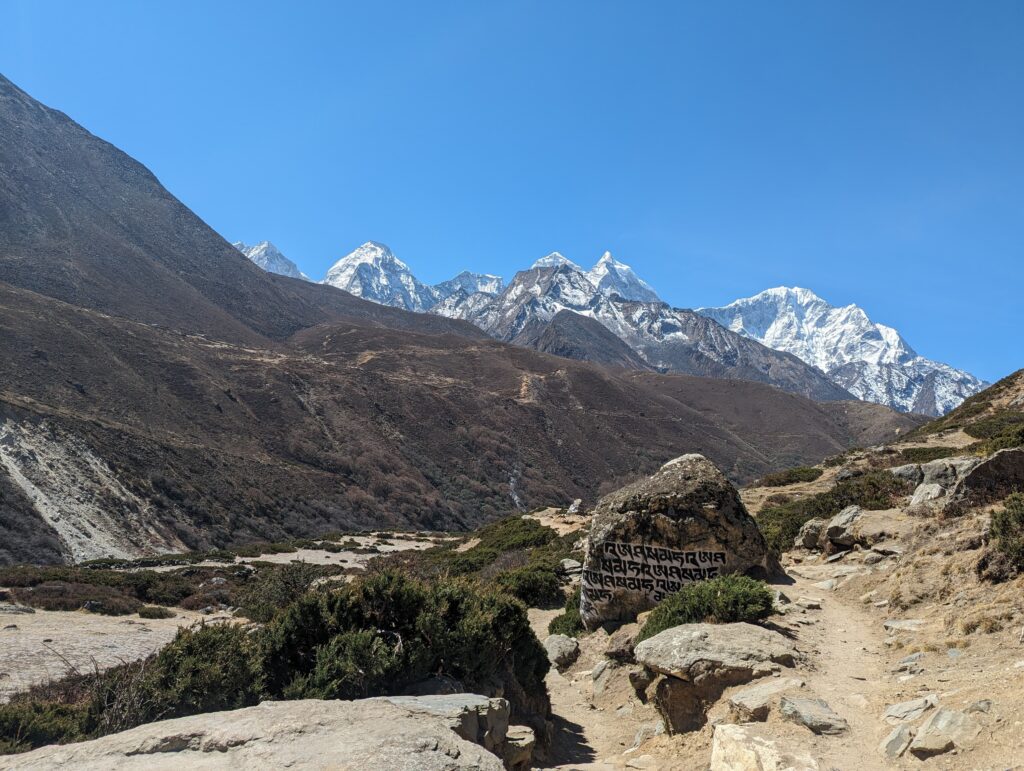

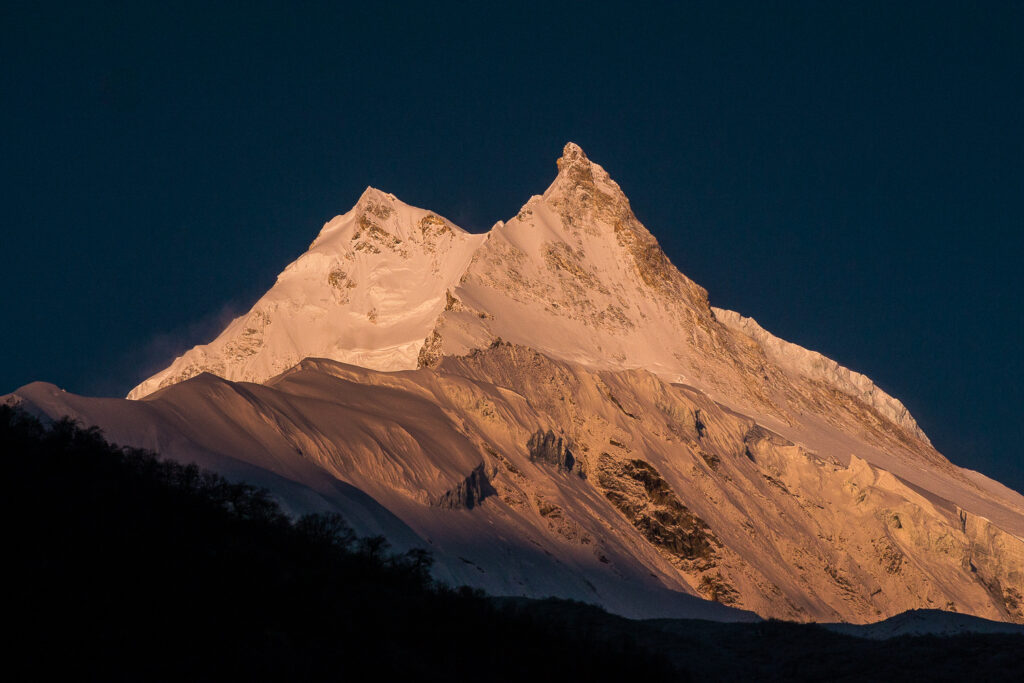
There are no reviews yet.